On February 12, 1971, prisoners at Florida State Prison in Raiford, Florida, staged a sit-down strike to protest prison conditions. The 700 incarcerated protesters were met with gunfire by prison guards, leaving 63 prisoners injured. According to the New York Times, those incarcerated at Raiford now refer to the uprising and subsequent repression as “the Lincoln Day’s massacre.”
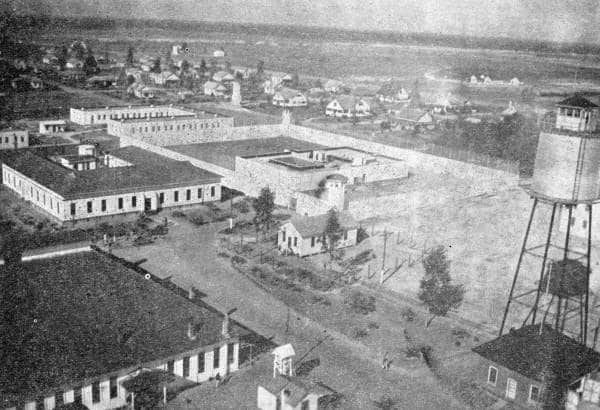
Aerial view of the Florida State Prison, Raiford, Florida. c. 1937. Florida Memory.
This prison uprising came just seven months before the infamous Attica Prison Uprising in September 1971, where prisoners took control of the Attica Correctional Facility in New York in the most well-known prison uprising of the 20th century.
According to Alexander Obermueller, in Between Soledad and Attica Brothers: The Raiford Protests and Prison Activism in Florida,
Raiford prisoners acted in a climate increasingly sympathetic to prisoners’ fates. Inspired by George Jackson’s protests in Soledad, California, prisoners all over the country began to organize. Prior to their own protest, Attica prisoners commemorated Jackson’s death. Both Jackson’s example and Attica became iconic reference points for prison organizers.
Whereas Raiford prisoners made a considerable splash in activist circles in 1971, their impact on later prison organizing efforts remained marginal. Prisoners’ strategies elicited similar response by guards’ in Attica and Raiford — brutal retaliation in the protests’ aftermaths. In both cases the news media got involved from the start. Journalists played a crucial role in reporting and witnessing events on the ground. However, journalists did not reach the level of involvement going as far as actively mediating between conflict parties in Raiford, as their colleagues did in Attica a few months later. Read more.

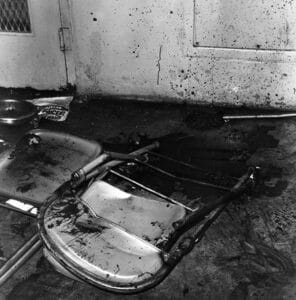
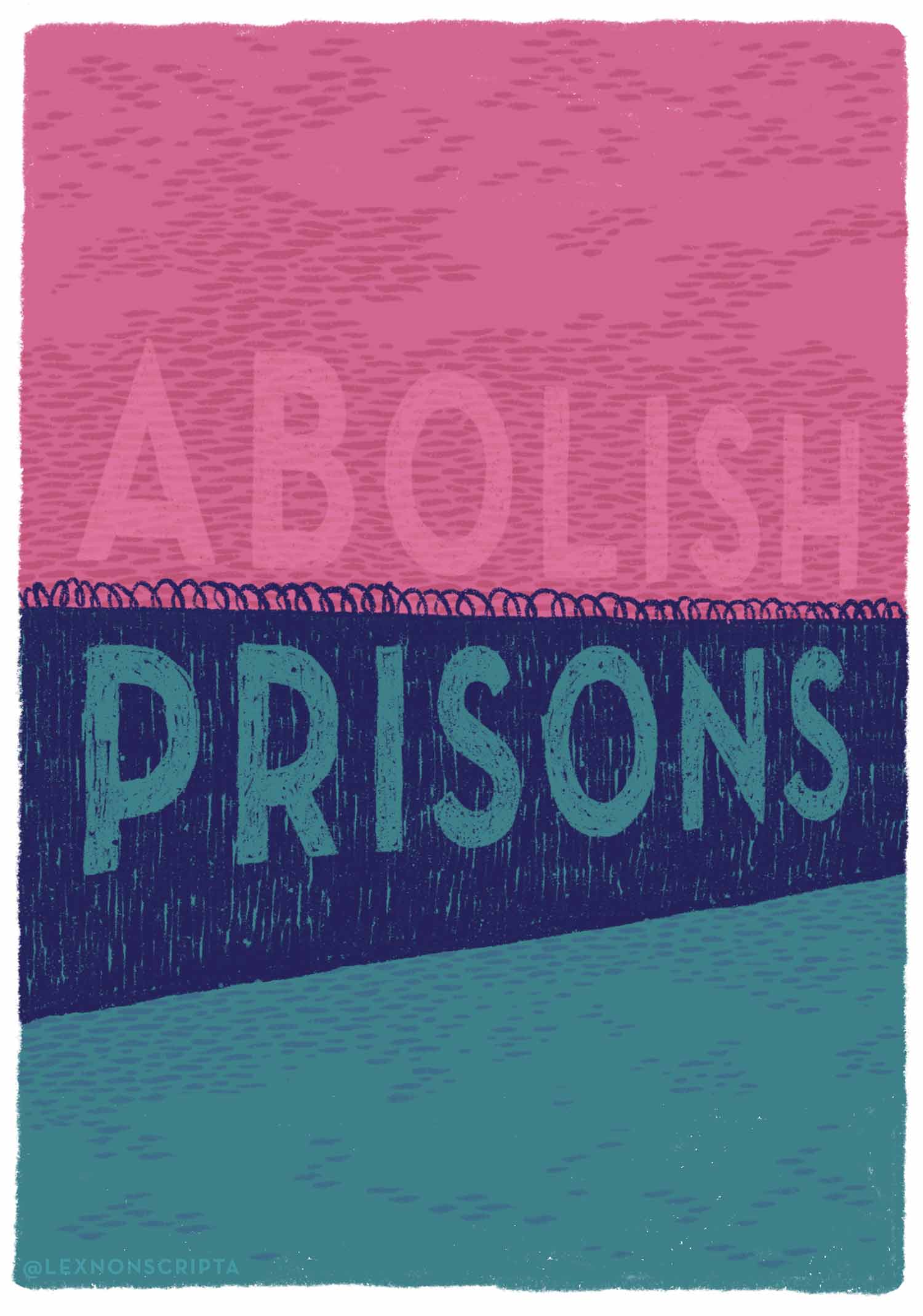
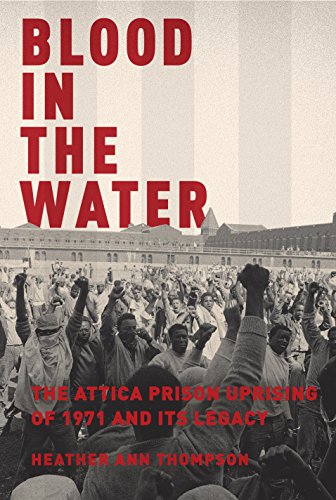


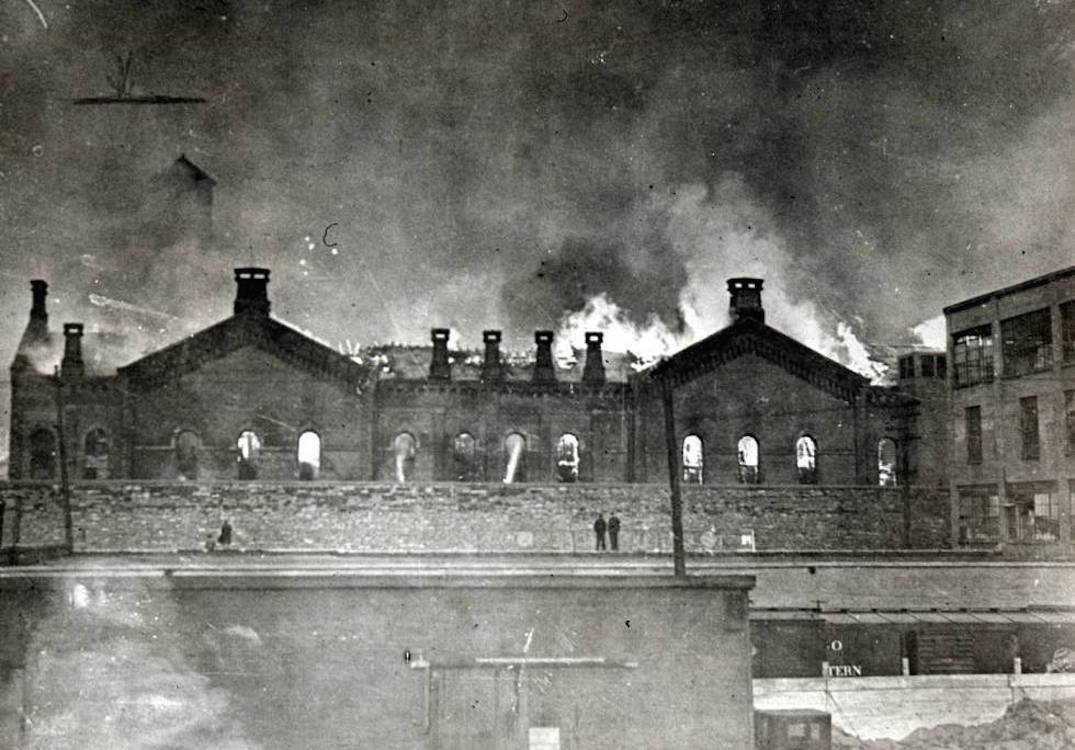
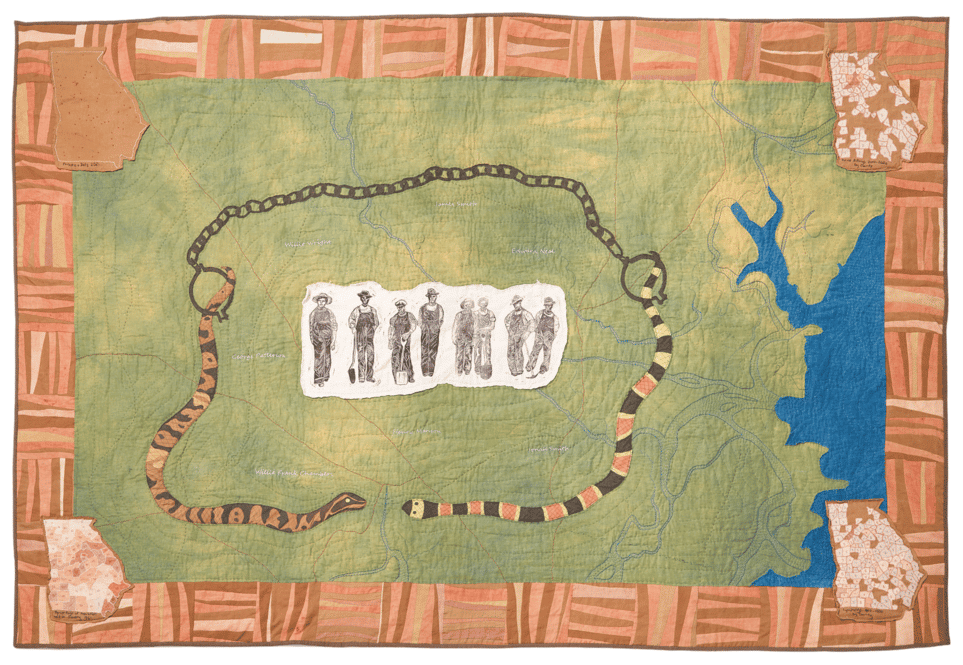
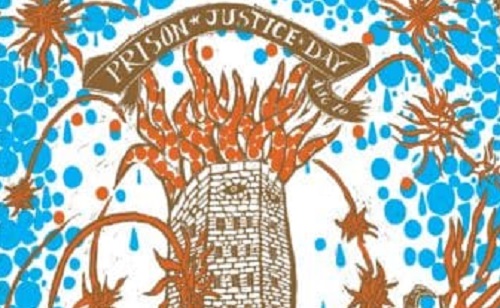





Twitter
Google plus
LinkedIn